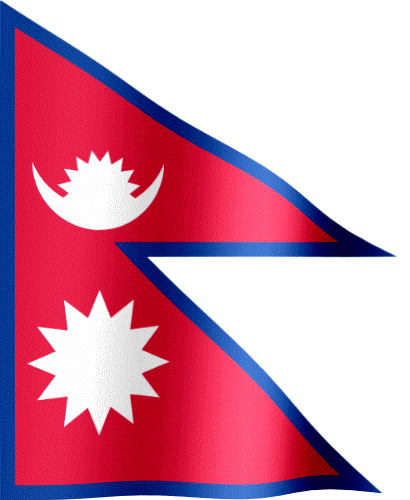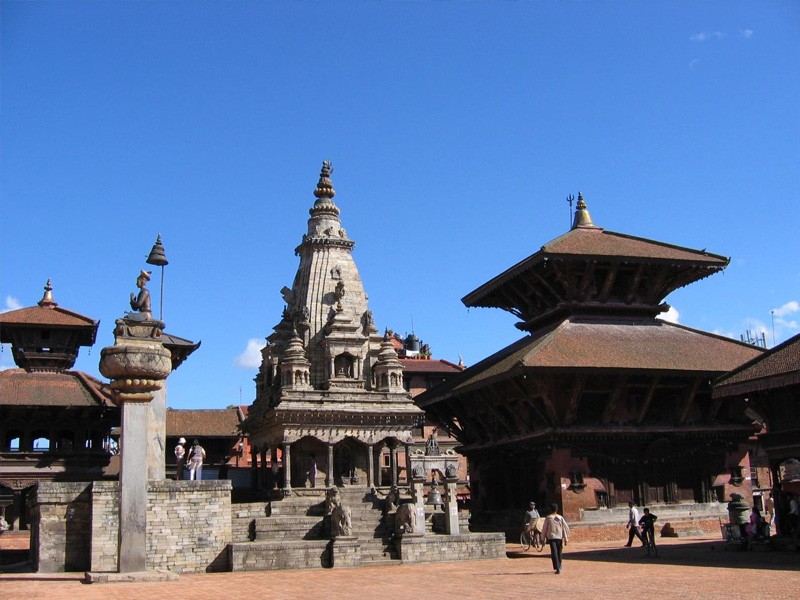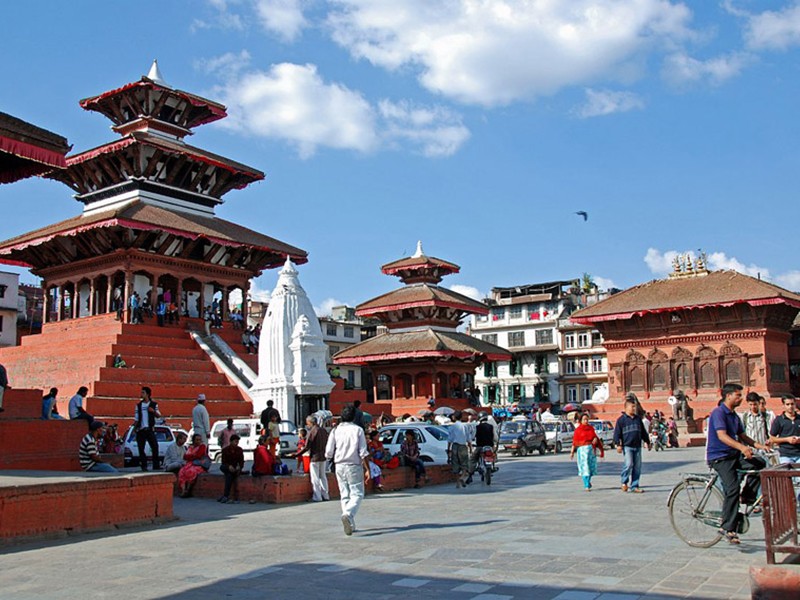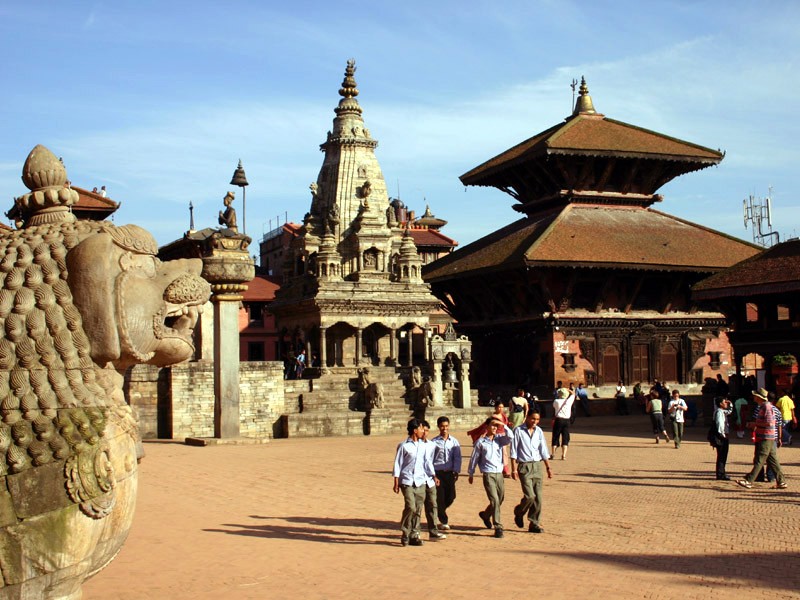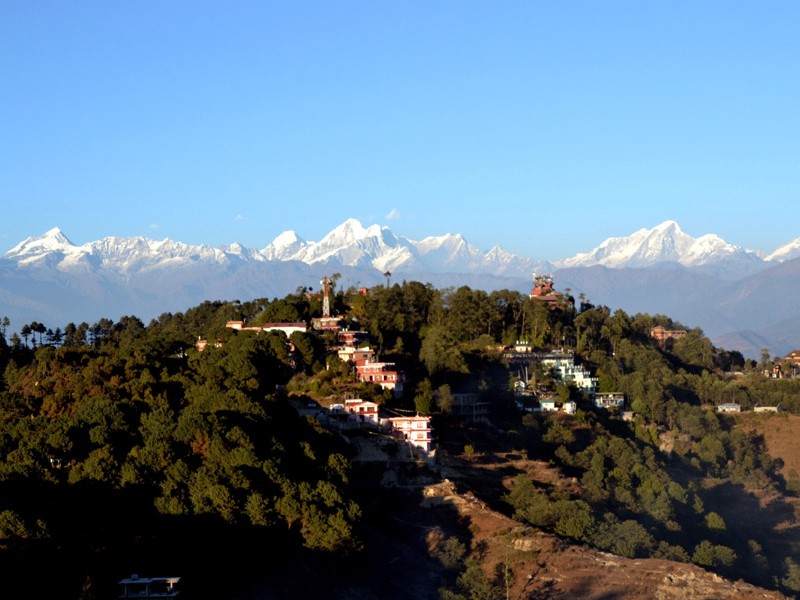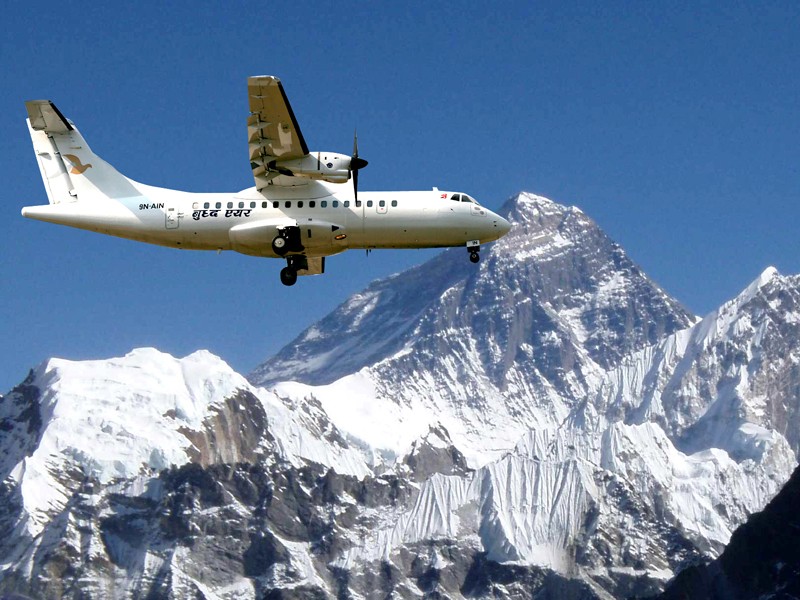Reference Code: KCTNP
Trip Start: Kathmandu
Trek Start: Kathmandu
Trek Days: 4 Days
Age: 10 year to 70 years
Season: Spring, Summer and Autumn
Accommodation: Lodge and Hotel
Service: Full board
Destination: Nepal
Trip End: Kathmandu
Trek End: Kathmandu
Trip Durations: 12 Days
Group Size: 2-50
Theme: Walking and Observation
Meals: Standard
This trek comes under luxurious level. As every one from children to old people can enjoy it.
Specially, this treks will be within Kathmandu valley from where each one can get the beautiful view of many mountains as well as one can inspect the real traditions and cultural of Kathmandu dwellers
Day 02 Full day sightseeing in Kathmandu (Soyambhunath, Pashupatinath, Bouddhanath, Kathmandu Durbar square
Early morning in this day we will have breakfast about 6 am to 9:30am and then we go for sightseeing in Kathmandu valley with own private car or micro bus depends upon size of the group with English speaking cultural guide. This day first of all we will visit Pashupatinath(Hindus most religious temple where also cremation of Hindu people is done) and then we will travel to Boudhanath temple(it is the religion stupa of Buddhist people). This both monuments lies towards the east of the Kathmandu valley. After visiting these two places, we will have lunch in traditional restaurant at Boudhanath. Which will be about 1 and ½ hours and then we will drive to West side of Kathmandu valley to Soyambhunath(It is generally known as monkey temple to tourist. Besides that it lies in top of a small hill on the west side of Kathmandu valley from where we can see whole Kathmandu valley with eagle eye. Soyabhunath is a good symbol of good relationship with Buddhist and Hindu as there is stupa and hindu temple lying closely and this is also the shrine of both Hindu and Buddhist region. And then we will ½ hour drive to historically important area of Kathmandu valley- The Durbar Square. if we have enough time we will stay there till half past 5 and then we will walk the most touristic market area of Thamel to your hotel. It is just ½ hour walk. And rest as your own plan.
Day 03 Full day sightseeing in Bhaktapur and Lalitpur(patan)
Early morning have breakfast and around 8 am we will drive to Patan Durbar square which is 1 hours drive and we will again see the historical monuments and lots of Hindus temple (Krishna Mandir- huge single stone temple, Patan historical museum) and few boudhist monastery. And immediately drive(1 hour drive) to Bhaktapur which lies in the east boarder of Kathmandu valley. Then we will have lunch in Newari restaurant belong by Kathmandu Guest house. Kathmandu, Bhaktapur and Patan ; these three district makes the Kathmandu valley and it is mostly populated with Newars(Hindu) and tasting Newari food is really a good experience as they are very delicious and famous. Most of all the Curd of Bhaktapur is famous all over Nepal and also Bhaktapur is famous for vegetable farming, thanka writing, statues, mud vessels etc. Besides that Bhakatpur suppies vegetable to Kathmandu and Patan.Then we will visit the Bhaktapur Durbar square and observe the culture of heritages of Bhaktapur. And drive back to Hotel and preparation for the next day short trek nearby Kathmandu valley. Rest as your plan.
Day 04 Early morning drive to Sundarijal(1460m) and immediately trek to Chisopani(2215m)
Early morning around 6:00am we will have breakfast at hotel and around 6:30 we will drive to Sundarijal (1½ hours drive) and immediately trek to Chisopani. On the way we will have pack lunch around 1:00pm. This day we will walk around 6 hours approximately. Stay in tea house.
Day 05 Trek to Nagarkot (2195m)
Nagarkot This day after breakfast , we will walk (7 hours walk) to Nagarkot. Most of the day we will walk through vehicle and graveled road to Nagarkot. Nagarkot is a village and Village Development Committee located 32 km east of Kathmandu, Nepal in Bhaktapur District in the Bagmati Zone. At the time of the 1991 Nepal census it had a population of 3504 and had 655 houses in it.[1] At an elevation of 2,195 meters, it is considered one of the most scenic spots in Bhaktapur District. It is renowned for its sunrise view of the Himalaya includingMount Everest as well as other snow-capped peaks of the Himalayan range of eastern Nepal. Nagarkot also offers a panoramic view of the Kathmandu Valley.
Nagarkot is an international tourist destination with spectacular views of the whole Langtang range, sunrise on the mountains and sunset views. We can see the panoramic views of the captivating landscapes and hills with the Kathmandu valley. You can breathe the cool mountain breeze in the resort town of Nagarkot. There are resorts from top-end quality to decent lodges to accommodate you and serves different cuisines. We will stay in view point hotel(resort).
Day 06 Full day exploration in Nagarkot
Early morning view sunrise from the resort and have breakfast and immediately walk around Nagarkot village to absorb culture over there and back for lunch and after that taking sun bath and rest.
Day 07 3 hrs walk to tilkot(Bhaktapur) and drive to Dhulikhel
Dhulikhel Early morning have breakfast and immediately 3 hours walk to Tilkot and then 3 hours drive to Dhulikel. Dhulikhel has for many centuries been an important trading centre on the ancient commercial route linking Nepal to Tibet. Since time immemorial, people of Nepal travel to Tibet to bring home salt and gold. Likewise, the Tibetans every year with their flocks of sheep enter into Nepal duringDashain, the greatest Hindu festival. They purchased chilies and other daily necessities in Nepal and return to their homeland. In those days, a whole day walk from Kathmandu to Dhulikhel was comfortable for Tibet trippers with easily available of food and water at Dhulikhel at the evening for overnight stay. Even now, a bird's eye view from the resorts at Dhulikhel to the landscapes; highway to Tibet and horizons far to the Tibetan borders, clearly exhibits Dhulikhel as the gateway of Tibet. After adjoining with Tibet by motorable road in 1965, Dhulikhel got a face lift and developed as a tourist destination both for Tibet trippers and tourists. Dhulikhel is an ideal station to stop for overnight stay while going to Tibet and coming back to Kathmandu.
Mountain The Mountains : A Tourist Paradise: The spectacular snowfed mountains seen from Dhuklikhel must be one of the finest panoramic views in the world. When a blue haze covers the lower portion of the mountains, they seem to be floating in the air. With the snowy mountains on the backdrop, Dhulikhel is a stage of immense beauty and a paradise for nature lovers. Green inviting hills of which still virgin and some turned into beautifully carved agricultural terraces cater to the beholders' pleasure. Geographically, the plains rise up gradually up to the green mountains and further into the snow capped Himalayas. The panorama offers a majestic undisturbed view of the Himalayan ranges stretching from Mount Annapurna in te far west to Mount Karolung in the Far East. More than twenty Himalayan peaks including Mt. Annapurna (8091 m), Mt. Ganesh Himal (7429 m), Mt. Langtang (7234 m), Mt. Phuribichyachu (6637 m), Mt. Gaurishanker (7134 m), Mt. Lhotse (2516 m) and many others can be seen in their full glory from the different vantage points in Dhulikhel. In short, it is the foremost point for the mountain-oriented sightseeing since time immemorial. The eco-himalayan atmosphere will surprise anyone an unforgettable experience in lifetime.
Old Town The Old Town: The oldest area of the town, the southern end, is an assembly of fine old Newari houses, often occupied by 20 or more members of the local extended families. They may not all have glazed windows, hot water or modern furniture, but they have dignity and a friendly atmosphere. Their most valuable assets are the beautifully carved windows and doors, fine examples of traditional Newari craftsmanship.
As one wanders down the traffic free narrow streets, one passes through a medieval city inhabited for at least five centuries and may have a feeling that he is in the garden of cultural theme park. The plan of the city is based on ancient Hindu planning doctrine with the position, shape, scale & dominance between buildings, temples, public squares all having their own meaning and harmony. There are organically developed compact settlements around Dhulikhel. These settlements in one hand conserved heat in the cold valley, and at the same time maximized land for agricultural use. One of such old settlements is Shrikhandapur, which lies 2 km west of the core city near the Kathmandu University, and is also a centuries old Newari settlement. The settlement is protected by Swet Bhairav (an incarnation of Lord Shiva) and Narayan (Vishnu) deties.
Temples: There are numerous temples in the town depicting an example of traditional and old Newari craftsmanship of Dhulikhel. These are important places of worship for local people. The core area of Dhulikhel has interesting narrow cobbled streets and lanes embedded with number of Hindu Shrines and a few Buddhist Stupa.
In the centre of the old town is the Narayan Temple with its yellow metal roofs. It is dedicated to Lord Krishna whose birthday is joyfully celebrated here in August. Alongside is the Harisiddhi Temple whose God responds to the worshippers' problems and sees their right and wrong doings. Both the temples are adorned with profuese wood carvings and fronted by two Garudas in quite different attitude. Bhagwati Temple situated at the top of the western part of the town is considered as one of the best place to see around Dhulikhel and also to enjoy the best mountain views. The GaukhureshworMahadev Temple is about 20 minutes walk to the east of the town near Tundikhel Recreation Park and is located in a peaceful and quite environment. Further up hill, one reaches, within half an hour trek, the Bhagwati (Kali) Temple. This is a beautiful pagoda that one can see on the skyline as one drives into Dhulikhel.
Stay in resort.
Day 08 Full day rest or exploration day
Dhulikhel. On this day we will walk around Dhulikhel bazzar and know their culture and heritage. Stay in resort
Day 09 Early morning drive to Kathmandu and transfer to hotel
Early morning 4 hours drive to Kathmandu valley and transfer to hotel. Rest time as your plan.
Day 10 Early morning drive to domestic airport and 1 hour mountain flight on Everest Region and back to hotel. Mountain Flight
Early morning drive to Tribhuwan international Airport and take check the counter and take mountain flight for 1 hour by Buddha or Tara Airways. The flight mostly fly over Everest Region and we will have opportunity to see lots of 8000m. peak with the world highest peak The Mt. Everest(8848m.). and drive back to hotel. Rest time as your plan.
Day 11 Full day rest or final shopping day in Kathmandu.
Full day rest as your own plan at hotel or shopping nearby Thamel for memorandum of your visit to Nepal for your friend or family. In evening Adventure Zambuling Treks (P) Ltd. will provide you all the farewell dinner at hotel.
Inclusion
All ground transportation as per itinerary
5 night hotel accommodation in Kathmandu with B/B plan.
2 night Resort accommodation in Nagarkot with B/B plan.
2 night Resort accommodation in Dhulikhel with B/B plan.
All sightseeing activities as per itinerary with Professional Culural guide
TIMs (Trekking Information Management system) card
Mountain flight with airport tax
Food for the member during the trek( 3 meals a day as per lodge open menu)
Lodge accommodation during the trek on twin sharing basis
Medical supplies(First aid Kit will be available)
All required Nepalese staffs (salary, food, clothing, accommodation)
All Nepalese staffs insurance as per Nepalese Government rules.
Company service charge, VAT and government taxes etc.
Exclusion
International flight with airport tax.
Nepalese Entry Visa fee
Food during stay in Hotels
All personal equipment and personal expenses
Photography Charges, Monument charges and Monument entry fees
Personal Medical and travel insurance(must cover helicopter rescue evacuation cost)
Personal Medicine
Telephone and internet charges
Laundry charges
Alcoholic beverage, bottled drinks and cold drinks during the trip
Rescue evacuation charges if required
Staffs and porters Tips...
Equipment List
Clothing and Equipments List
» Pack to pack out - bring enough waterproof bags to carry all non-biodegradable rubbish back down the mountain.
» Remove all unnecessary packaging before leaving home.
» Bring enough warm dry clothes so that you can wrap up rather than burn firewood in the evenings.
» If you are going to trek higher than 5000m or you know it will be cold, buy an aluminum water bottle which can also be used as a hot water bottle at night.
» The easiest way to keep hydrated while trekking is to buy a 1 x liter platypus-drinking bladder to carry in your day pack.
» Make sure to buy proper trekking socks. Don’t buy synthetic socks as these promote sweating and can give you blisters. Always carry a few blister pads in your first aid kit and keep them handy in your day pack.
» Walking poles are very useful while trekking and helpful when descending.
» Please remember that waste disposal and recycling facilitates are limited in Nepal. When buying batteries make sure they are rechargeable and/or high quality so they last longer, and take them home to recycle.
More Lists
There is no definitive list. What you bring will vary according to the area, time of year and the length of your trek. Below is a suggested check list which you should adapt to your own needs. Ask yourself: Will there be snow/how long /high is the trek/are we camping?
» Good quality trekking boots with ankle support
» Lightweight shell/raincoat with hood
» Detachable fleece liner or separate fleece
» Fleece trousers
» Shorts and / or convertibles trousers- quick drying
» Sunglasses
» Sun hat and warm hat(good quality)
» Gloves
» Spare T-shirt x 3
» Sweat towel x 2
» Spare socks x 3 ( walking sock and thin inner sock)
» Small day sack
» Sun cream
» Small water bottle aluminum doubles as a hot water bottle.
» Iodine or water purifying kit,
» Soluble vitamin tablets to taste water or powder fruit drink
» Talcum powder
» Walking sticks or Trekking poles(good quality)
» Camp shoes/trainers/flip flops to wear in evening.
» Spare underwear 3
» Toilet kit
» Tissues
» Pen knife
» Bum bag
» Head torch(good quality)
» Biodegradable washing liquid / soap
» FILM
» CAMERA
» Ear plugs
» Sleeping bag liner(good quality)
» Sleeping bag(good quality-30)
» Bin bag/ gasbag to keep kit dry
» Small towel
» Lip balm
» Available in KTM
Personal First Aid (Aids Kit)
» Antiseptic
» Bandages
» Blister plasters
» Decongestant
» AMS medication like Diamox
» Eye drops – it can get very dusty on trails
» Paracetamol and/or ibuprofen
» Rehydration sachets, Imodium and antibiotics for traveler’s diarrhea
» Scissors
» Sterile dressing
» Sticking plasters and tape
» Throat lozenges / sweets
» Tweezers
» A sewing needle etc.
This trekking equipment list has been prepared by Adventure Zambuling Treks (P) Ltd.


